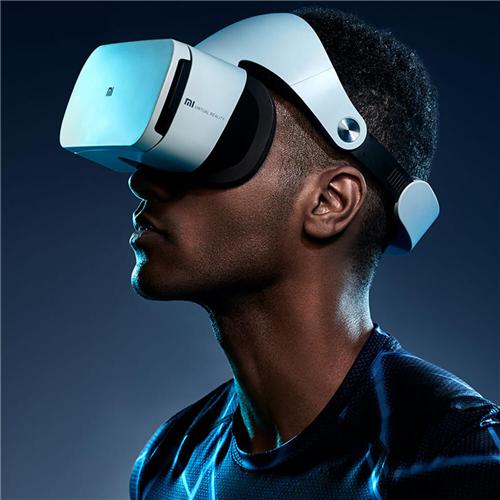Sports will change as we know it in the next decade and especially after the Covid-19 pandemic. Sports has returned to the big screen, but the fans haven’t been allowed to return to the stadiums. Event Organizers all over the world have taken steps to improve the situation and make fans feel more accustomed to natural settings. People were accustomed to the listening chants and claps and the thrill of the stadium while enjoying their sports, and several steps have been taken to provide the same experience through technology. La Liga which restarted last week is using the FIFA oohs and aahs in the broadcaster signal to give a natural feel to the viewers. That has also covered that stand with colorful blankets looking much like the fans in stadiums, but they aren’t cardboard cut-outs or supporters in FIFA but the use of augmented reality on the broadcaster’s camera to put a blanket around the stands, a static structure of texture. And if they switch to any other cameras for different angles, the illusion is lost. Broadcasters have tried out anything and everything that would help a sport-starved fan to believe normalcy is back. Since the return of sports, AR/VR has come back to the light to improve the experience of fans and players alike in this new normal. So what are AR and VR? Are they different or one? Augmented reality (AR) is an interactive experience of a real-world environment when objects come to life when they are not something like Pokémon game which became famous for catching magical creatures in the real world.

In contrast, Virtual reality (VR) is a simulated experience of another place without being there in fact. CEO of OZ Sports a company that helps stadiums to track player moments and the taking review decisions around the world has come up with a technique to provide an AR-enabled option that lets fans sit in their favorite seats. They came up with this solution when they tried to offer lower-rated matches with premium experience but faced the issue of missing spectators and hence came with the idea of using this technology to provide the experience. It asks people to create their realistic online avatars and digitize the stadium with them.
In the wake of the crisis, people are trying to think differently to improve the experience though nothing can replace the real experience. Many innovators believe that AR and VR are in their early stages like the big block cell phones, and soon they will change the industry. Last year A Korean broadcaster put a fire-breathing AR dragon above a baseball stadium which was visible on the screens and 5G enabled devices. NBA and has already been telecasting games in VR to headset owners where they can be inside the stadium in real-time and look at the match through different angles change views and choose their seats. Big companies are also stepping into this industry which will result in faster growth of the AR and VR. Apple bought the company NextVR while Sony has been experimenting with a PS5 console, and Google and Intel have also been heavily involved. Though there is a long way to go and there are many obstacles in the industry like the battery life of the device and the expensive cost of headsets. Danish Superleague returned last week and broadcasters placed giant screen with live Zoom call where fans could experience being in the stadium. However, it wasn’t a success; it has brought to light that sports isn’t the same without its supporters and hence measure are being taken with the help of technology to look for a solution.







